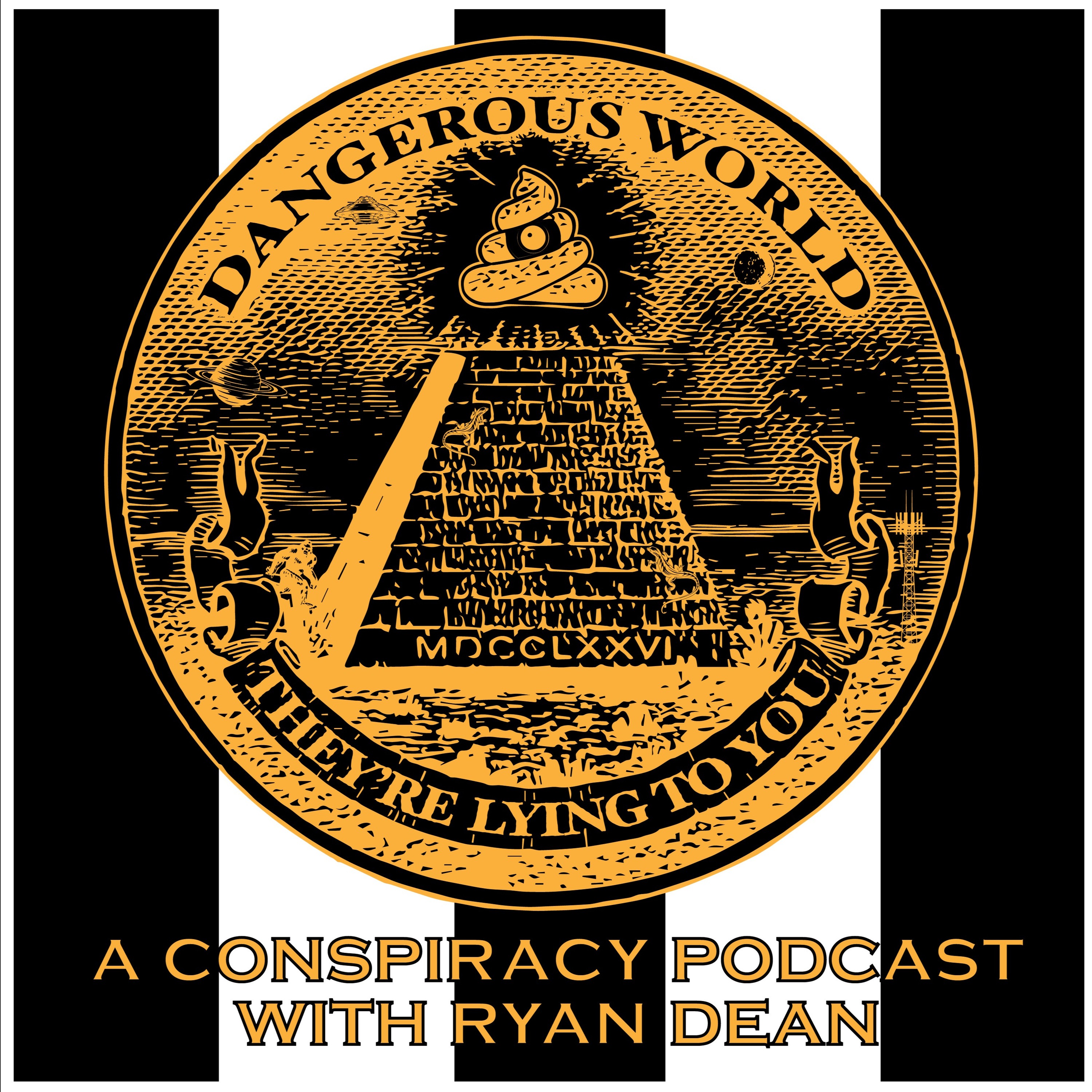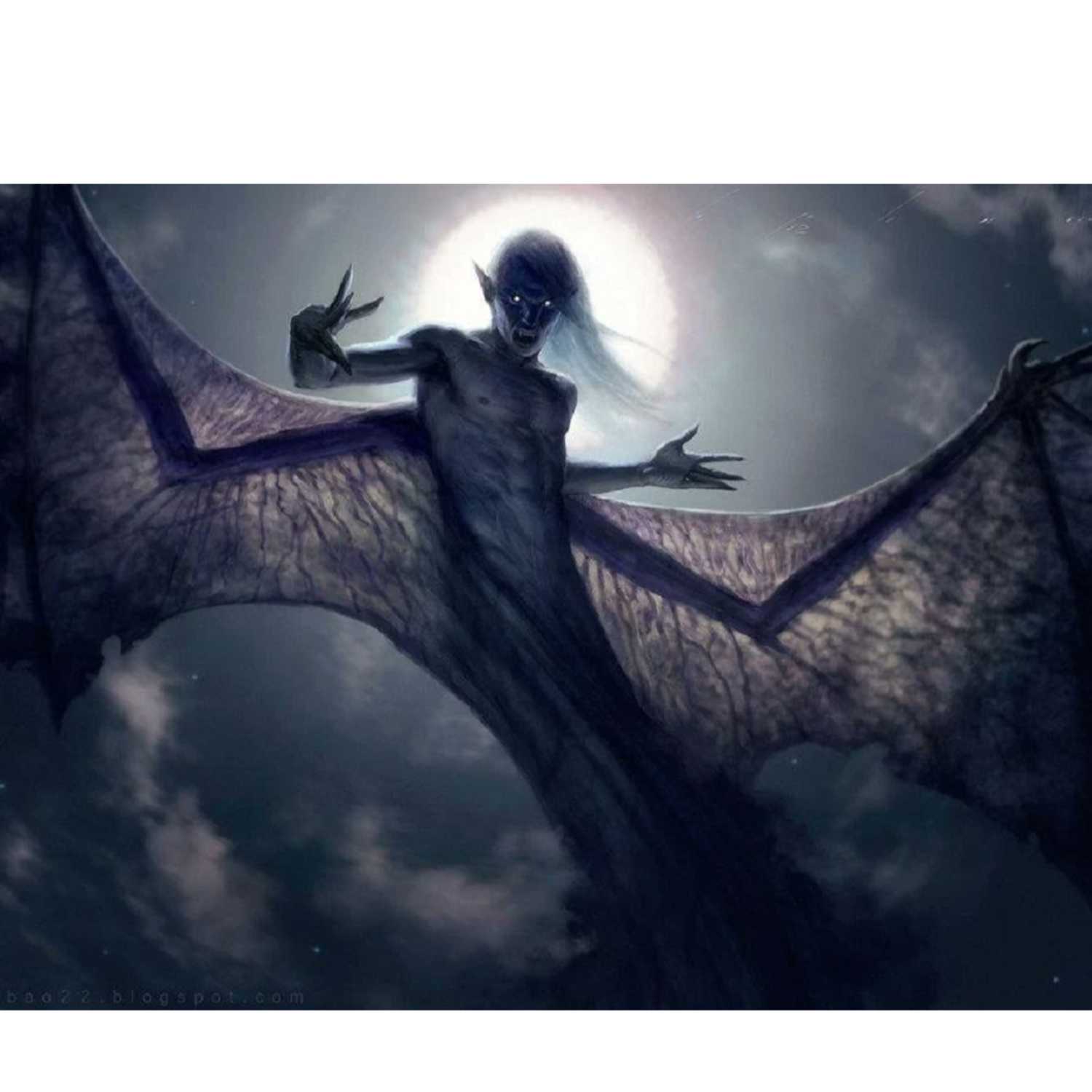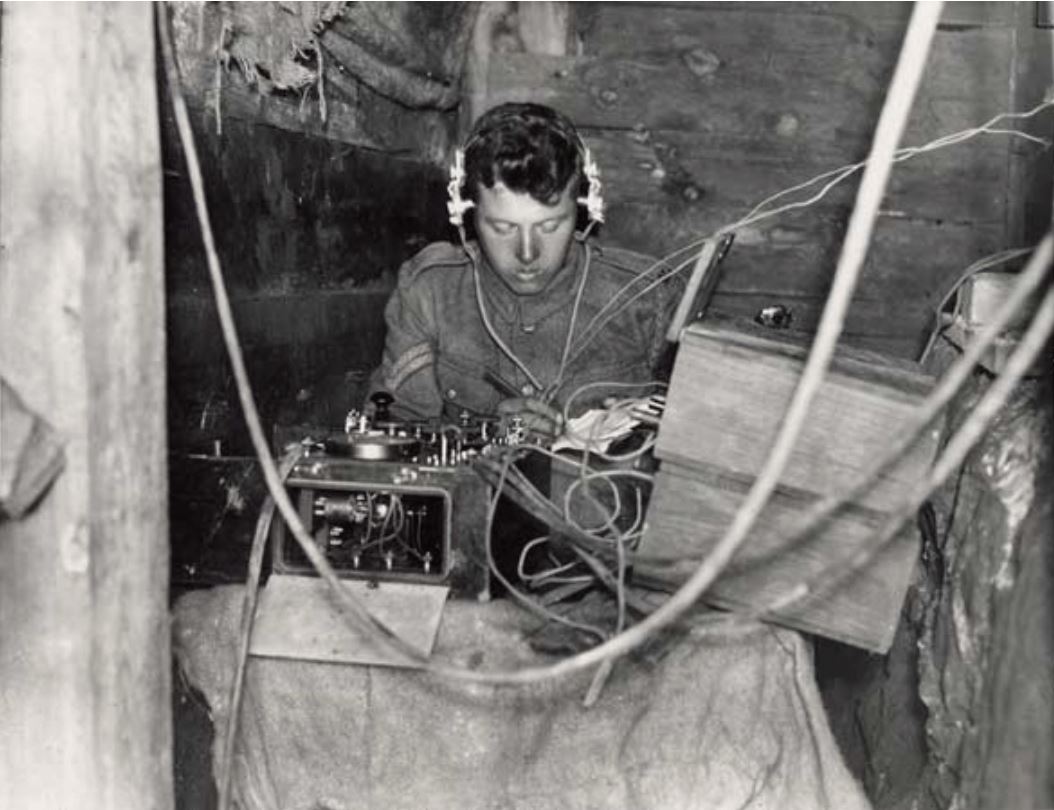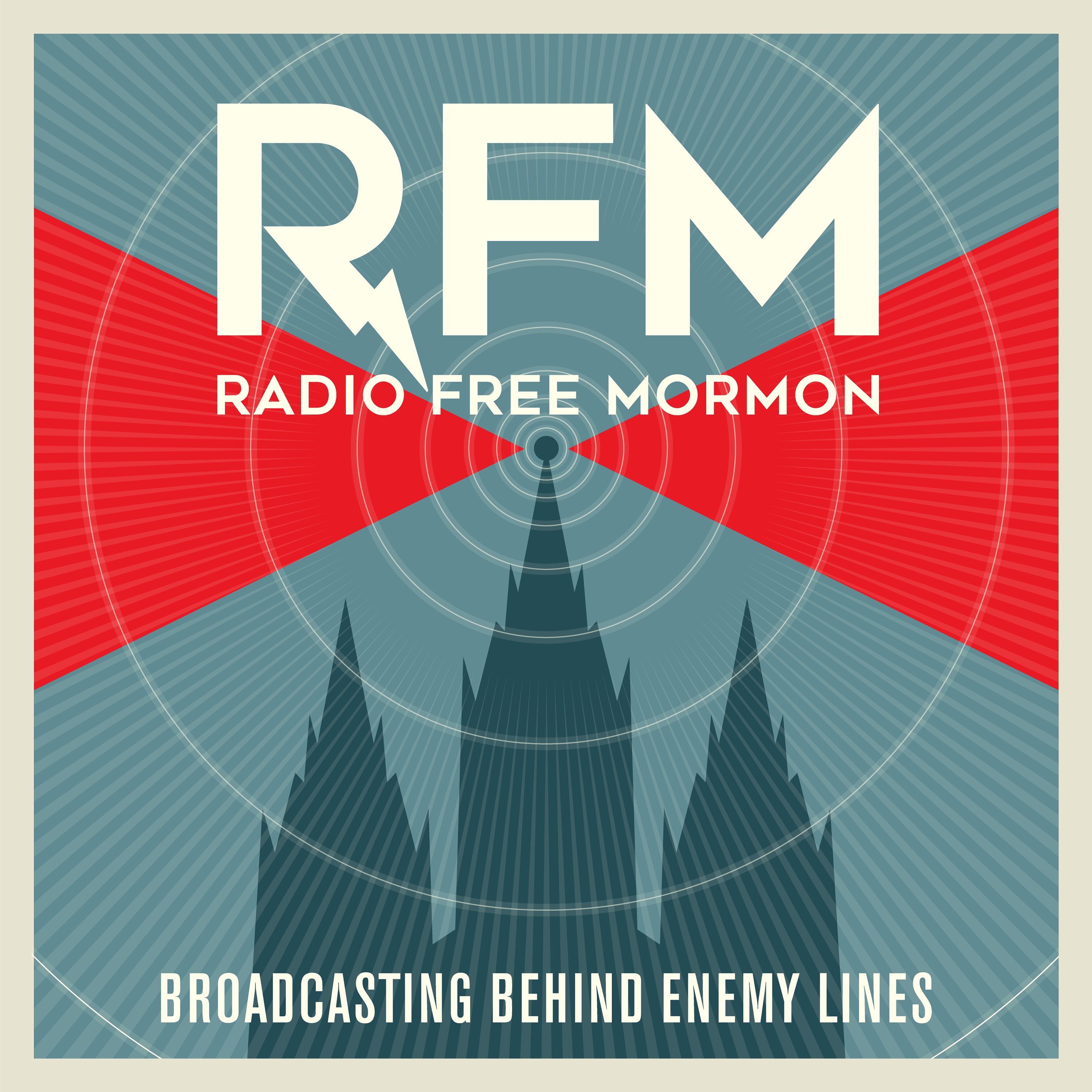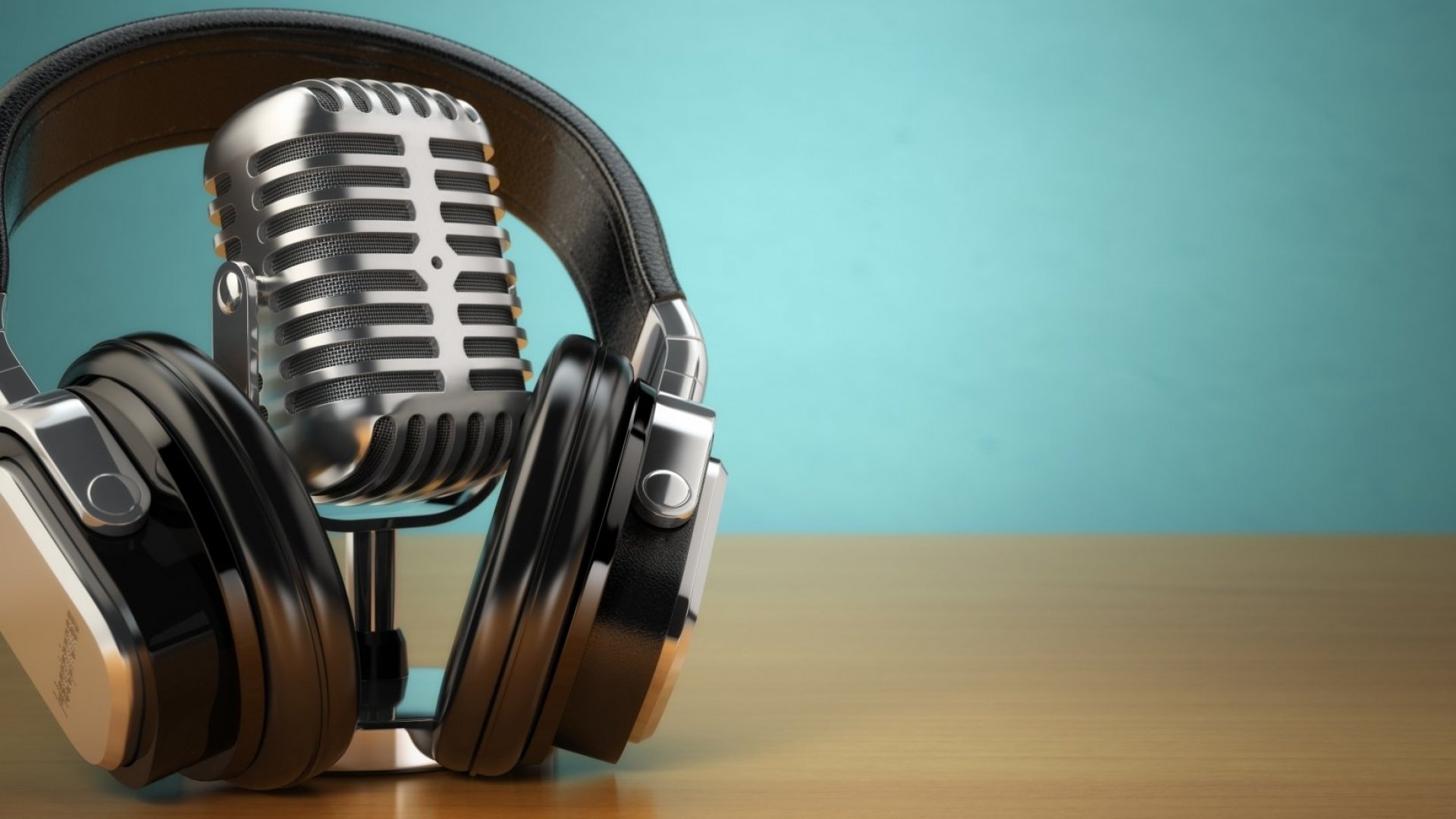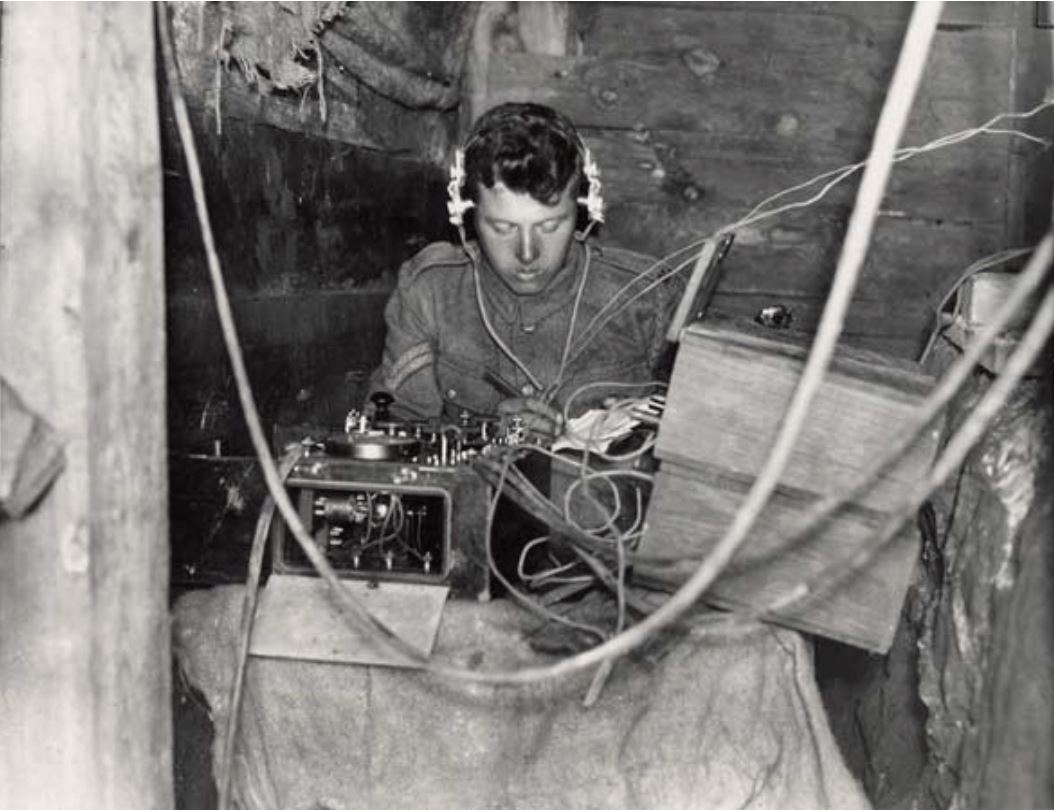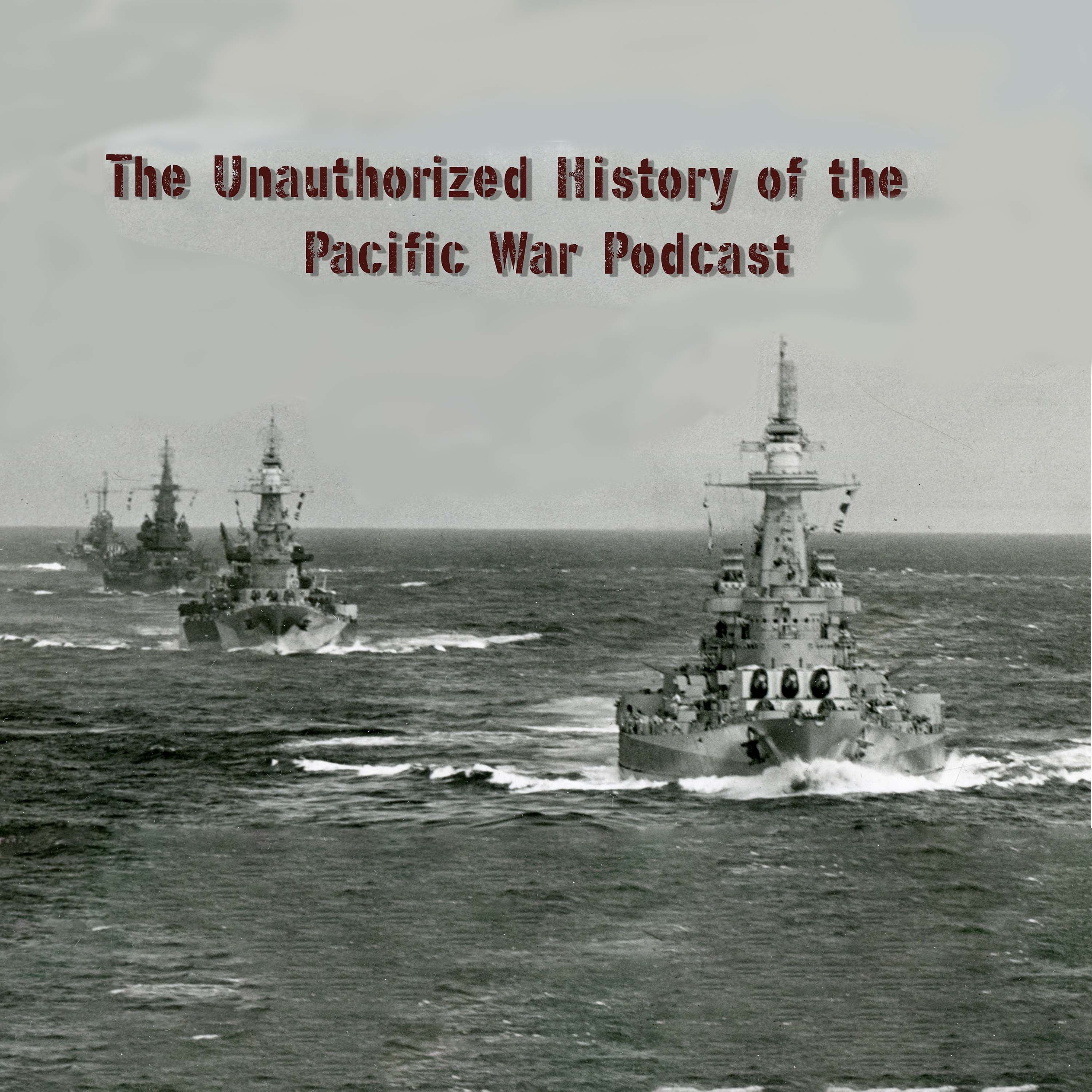- After-Shows
- Alternative
- Animals
- Animation
- Arts
- Astronomy
- Automotive
- Aviation
- Baseball
- Basketball
- Beauty
- Books
- Buddhism
- Business
- Careers
- Chemistry
- Christianity
- Climate
- Comedy
- Commentary
- Courses
- Crafts
- Cricket
- Cryptocurrency
- Culture
- Daily
- Design
- Documentary
- Drama
- Earth
- Education
- Entertainment
- Entrepreneurship
- Family
- Fantasy
- Fashion
- Fiction
- Film
- Fitness
- Food
- Football
- Games
- Garden
- Golf
- Government
- Health
- Hinduism
- History
- Hobbies
- Hockey
- Home
- How-To
- Improv
- Interviews
- Investing
- Islam
- Journals
- Judaism
- Kids
- Language
- Learning
- Leisure
- Life
- Management
- Manga
- Marketing
- Mathematics
- Medicine
- Mental
- Music
- Natural
- Nature
- News
- Non-Profit
- Nutrition
- Parenting
- Performing
- Personal
- Pets
- Philosophy
- Physics
- Places
- Politics
- Relationships
- Religion
- Reviews
- Role-Playing
- Rugby
- Running
- Science
- Self-Improvement
- Sexuality
- Soccer
- Social
- Society
- Spirituality
- Sports
- Stand-Up
- Stories
- Swimming
- TV
- Tabletop
- Technology
- Tennis
- Travel
- True Crime
- Episode-Games
- Visual
- Volleyball
- Weather
- Wilderness
- Wrestling
- Other
Operation WATCHTOWER
A Rush to Action the beginnings of a “plan”On July 3, just after WATCHTOWER is approved (but not by the Joint Chiefs) King flies to Frisco to brief NimitzRichmond Kelly Turner was told that 3 CVs would support the operation (CV3, CV6 and CV7)The name Guadalcanal had not yet been added to the operation list as a target as of July 3On June 27, to follow King’s initial order to prepare to seize Tulagi, Nimitz ordered Tulagi to be captured and the “seizure of an airfield” adjacent to Tulagi as well…but specified no exact location.On July 5 it was reported that the Japanese had landed airfield construction troops and equipment on Guadalcanal, only then was Guadalcanal added as a target.Also on July 5, the new target received its code name…Cactus Why Guadalcanal and Tulagi?Once the Japanese established a seaplane base at Tulagi in May, that base could disrupt the sealanes between the US, HI, Fiji, Samoa and most importantly, AustraliaIt was feared that the establishment of a larger airfield on neighboring islands (Canal) would further inhibit shipping and cede control of those waterways to the Japanese. Questionable from the start:Admiral Robert L Ghormley had just recently assumed duties as COMSOPAC and as such, WATCHTOWER would fall under his purview.Those under his command would be: 1st Mar Div, 3 CV groups under the command of Vice ADM Frank Jack Fletcher, as well as South Pacific Amphib Forces under Rear Adm Richmond Kelly Turner.All of these forces would be (theoretically) supported by land-based air under RADM McCain, Allied Air Forces SWPAC under MacArthur and GEN KenneyUpon receiving orders to seize “Tulagi and adjacent positions” Ghormley immediately showed what would be his calling card…pessimism. Ghormley immediately concluded that he and his people were nowhere near ready to tackle such an operationIn a way, he was correct. He had exactly 1 Marine on his staff that had any experience in amphibious operations, and he had very, very little.Comms to and from Ghormley’s staff and HQ were hours and sometimes DAYS late in arriving or being sentIntel on the area was virtually NILL.Charts of the GCanal and Tulagi area were woefully outdated.Any actual intel, of which there was essentially none, came from coastwatchers or aerial photosMaps of Guadalcanal were from 1910 charts that were “corrected” by aerial photography Air Power, or lack thereof, was a major concern before the operation even beganThere were no land bases close to the target area from which air support missions could be flown and the aircraft on hand were too old and too few in realityADM McCain’s considerable number of aircraft on hand (282) was deceivingMost of the aircraft were obsolete, and even if they weren’t, such as the case with the F4Fs, P39s and P400s under his command, they did not have the range to support an operation over 590 and 715 miles from the only US bases in the area Espirtu Santo and Efate, respectively that had decently sized airfields. On July 8, Ghormley flew to Melbourne and spoke with MacArthur. The problems outlined by the GEN and the ADM were:Gaining and maintaining air superiority over the islands, the beaches and assault shipsIn a surprising moment of clarity and truthfulness, MacArthur admitted that his air forces probably could not interdict incoming Japanese air raids from RabaulThe protection of the islands and beaches and the like would fall upon Nimitz’s CVsThis could/would be problematic in that the CVs could and would be pulled out due to any threat that may arise, therefore leaving the transport group and the beachhead itself totally withou

